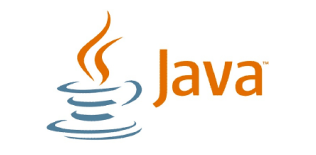


Similarly, set* methods are available for bytecode manipulation. assertEquals(objectClazz.getFileName(), "") ĪssertEquals(objectClazz.getMethods().length, 14) ĪssertTrue(objectClazz.toString().contains("public class ")) Throws Exceptions: įurther, the JavaClass class provides methods like getConstantPool, getFields, and getMethods to view the details of the disassembled class. Private static native void registerNatives() As we know that a single Java programming language source file (or we can say. java files as a result of successful compilation. A Java class file is created by a Java compiler from. class extension that can be executed by JVM.

Here, we've used the toString method on the objectClazz object to see bytecode in a concise format: A Java class file is a file containing Java bytecode and having. * A JDBC client program that inserts a row into a MySQL database.JavaClass objectClazz = Repository.lookupClass("") Here’s the package is net.codejava and the Java source file is StudentsInsert.java.Īnd below is source code of the program in the StudentsInsert.java file: package net.codejava src: contains source code which is organized in sub directories representing Java packages.Let’s understand each directory in details: Therefore it’s recommended to follow a common, standard directory structure as shown in the screenshot above. Organizing Directories StructureCreate the following director structure on your computer: The way you organize files is very important, as it affects the readability, maintainability and extensibility of a program when it evolves over times. ) ENGINE=InnoDB DEFAULT CHARSET=latin1You need to download the JDBC driver library for MySQL in order to run the program. UNIQUE KEY `student_id_UNIQUE` (`student_id`) Here’s the MySQL script to create the database: create database Students The JAR file is an executable JAR.By following this tutorial step by step, you will be able to use the three tools ( javac, jar and java) together fluently in your daily Java programming.The Java program we use in this tutorial is a JDBC client that connects to a MySQL database named Students and inserts a row into the table students. The Java source file is under a package. This tutorial helps you use the core tools in JDK ( javac, jar and java) to compile, package and run a Java program under the following circumstance:


 0 kommentar(er)
0 kommentar(er)
